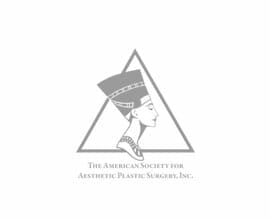Skin cancer treatment
NB: Please note, any patients receiving Private treatment for skin cancer, can transfer back to the NHS at any time during the process.
Bristol Plastic Surgery aims to ensure the best treatment for all types of skin cancer, using what ever modality is most appropriate, in the most timely manner. To meet this objective we work in close association with Dermatologists and Oncologists to provide a coordinated and comprehensive treatment program that is effective, efficient and aesthetic. We have been treating NHS patients under contract with North Bristol Trust (NBT) and University Hospitals Bristol NHS Foundation Trust (UHBT) for several years, as well as self-paying patients and patients covered by insurance.
We provide a full consultant lead skin cancer service, in collaboration with Consultant Oncologists, which includes:
- Extensive experience in the visual diagnosis and the use of technical diagnostic aids.
- Accurate pathological diagnosis and evidence of clearance, carried out by Consultant pathology specialists in skin cancer
- Highly skilled surgery
- A high level of reconstructive outcomes, minimising the need for secondary treatment.
- Complex more extensive surgery, such as sentinel node biopsy, lymph node dissection and complex reconstruction if this is required.
Unconstrained by limitations of the surgical technique, the healing art of plastic surgery can be tailored, without compromise, to obtain an accurate diagnosis, provide adequate treatment and restore function.
We benefit from a close association with the Skin Cancer Service in the NHS where Mr Antonio Orlando is the chair of the specialist skin cancer Multi-Disciplinary Treatment Committee in North Bristol Trust. He is also the North Bristol Trust lead clinician for skin oncology.
Our aim at Bristol Plastic Surgery is to provide the most effective and cost efficient treatment of skin cancer.









